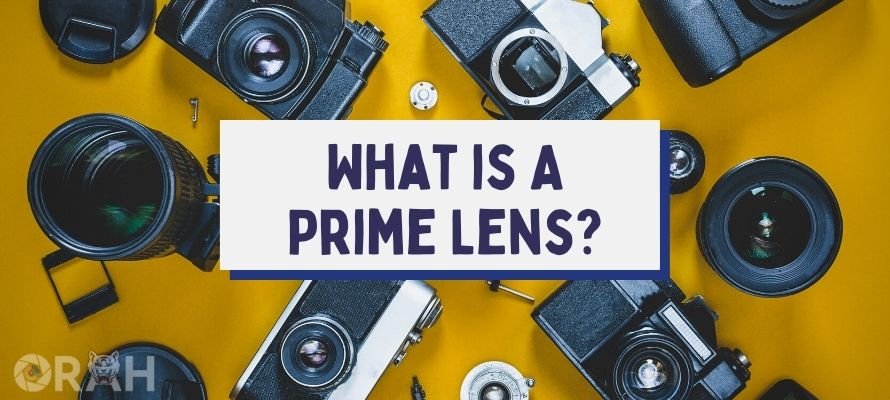
The one thing that I love about photography is that there is just so much to choose from whenever you are thinking about taking photos.
Sure, it might not be for everyone as it is a difficult art form to learn and takes some time and a lot of dedication, but photography, in general, is great even if you are using it as a profession.
Now, when you are talking about professional photography, you are either relying on a DSLR or a mirrorless camera.
And these cameras come with lenses that can be interchanged, which is great for anyone who wants to have a good overall experience, to be honest.
Prime lens happens to be the one lens that every photographer should have, and if you are wondering what is a prime lens and you want to get rid of that confusion, you are at the right place as I am going to walk you through it all.
What Are Prime Lenses?
When you are in the market looking for a new lens, the one common lens that you will be seeing happens to be the prime lens. But a lot of the time, people wonder what these lenses are and how they are different from the other lenses.
Well, for those who are still under the dark about what prime lenses are, these are essentially lenses that have a fixed focal length. This means that you cannot zoom in or out of these lenses.
For instance, 50mm is one of the most common and most famous prime lenses. Similarly, you have 35mm and 85mm options too.
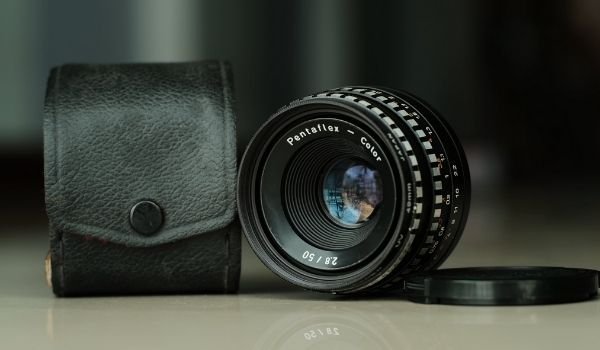
I understand that this might seem counter-intuitive, but in reality, prime lenses are great because they work so well as far as the overall experience is concerned, and you do not have to face any issues.
Just get started with these lenses, and you will be just fine.
You can, of course, find some other options in other focal lengths too, but the ones that I have mentioned are the most common whenever you are in the market looking to get your hands on a prime lens.
Related guide: What Is A Telephoto Lens? – Why You Should Choose One?
How Do Prime Lenses Work?
The working of a lens is an impressive and fascinating one, to be honest. Almost everything in a lens relies on physics, and the best part is that it is not even that difficult to get a hold of.
You can just look at all your options before you start and decide on the lens you want to go for, as it will make up for a much easier experience.
I have already mentioned what a prime lens is, but just for the sake of repeating myself, prime lenses offer a fixed focal length that does not have any zoom capabilities.
This means that the determined focal length of a prime length is normally the distance between the point of convergence in your lens to the sensor or film that you are using in your camera.

One of the biggest selling points of the prime lenses is that they are a lot faster when you are talking about their aperture.
Now, this does come to confuse a lot of people because they are not sure about what fast lenses mean. Fast lenses are lenses that have a smaller aperture value. Talk about having f/1.8.
However, some of the more expensive ones can go as low as f/1.2 for that shallow depth of field that will make taking pictures a breeze, and you will not have any issues, either.
Additionally, due to a fixed focal length, prime lenses are often the sharpest edge to edge and create some of the shallowest depth of field you can want.
Recommended reading: What Is Focal Length In Photography?
The Advantages of Prime Lenses
I understand that a lot of people are still wondering whether prime lenses are good or not. Truth be told, there are a lot of benefits to prime lenses.
Whether you are looking at the benefits as a whole or you are looking at the benefits as compared to some other lenses.
Still, I have listed the benefits of prime lenses below so you know why you should be getting these lenses in the first place.
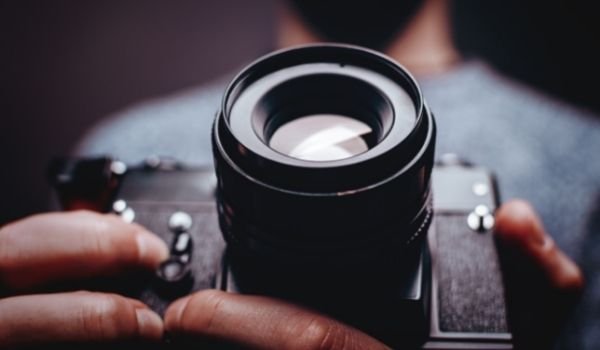
- Compact: One of the biggest benefits that prime lenses bring to the table is that they are a lot more compact than some of the other lenses. Thanks to the fact that the focal range is fixed, so you do not need a lot of parts inside a lens, this significantly drops the size of the lens and makes it easier to carry.
- Sharpness: Although zoom lenses have managed to catch up to the prime lenses, it is important to know that in many cases, sharpness is still a lot better in prime lenses.
- Wider Aperture: Again, another thing is that zoom lenses are slowly approaching, but if you are looking for the widest aperture, you are going to find that on a prime lens.
- Good Image Quality: In my years of photography, I have noticed that prime lenses are always amazing when you are talking about image quality, as the image quality that they deserve is exceptional in almost every case. There is a very distinct type of look to a prime lens that you can tell right away.
These are some of the benefits that come with prime lenses, and while they might not be for everyone, I do believe that everyone should have at least one prime lenses in their collection.
As Alternative To Zoom Lens
A lot of people are not aware of this, but prime lenses are being used as really convincing alternatives to zoom lenses.
Sure, there are situations in which using a zoom lens would make more sense, but if you do want a prime lens, you should be able to improvise in such a situation.
For instance, just having 35mm, 50mm, and 85mm prime lenses is going to be more or less enough for your entire shooting experience, and you would not want to use a zoom lens.
Sure, there are some really popular zoom lenses with wide apertures, but again, they are not as wide as prime lenses, and those lenses are often more expensive than their prime counterparts.
The crux of it all is that building an argument against a prime lens is one of the most difficult things that you will have to run into, as it is not easily possible.
Rest assured, you will be more than happy with a good lens once you have done your research when buying one, as there are no more issues.
Some Popular Focal Lengths
There is no denying that prime lenses are available in various focal lengths, and some of the most common ones are listed below.
One more important thing that you should know here is that different manufacturers handle focal lengths differently.
So, there is a chance that you might not find the same focal length across various manufacturers.
- 20mm
- 24mm
- 28mm
- 35mm
- 40mm
- 50mm
- 85mm
- 105mm
- 135mm
- 200mm
- 300mm
- 400mm
- 600mm
These are some of the most common focal lengths of prime lenses. Most manufacturers do have lenses in the aforementioned focal lengths, while others have lenses that are close to these numbers.
Reasons To Use A Prime Lens
Now, if you are looking to get started with a prime lens, there are a lot of reasons that one should be getting their hands on a prime lens because the experience is so much better as compared to some of the other options in the market.
Still, if you are wondering whether you should be using a prime lens or not, let’s just spend some time looking at a few reasons why you should be using a prime lens.

For starters, prime lenses are easy to carry around because they are smaller.
You are also looking at a lens that is usually going to ship with a faster aperture, which will make an absolute treat to take pictures, and you really will not have any problems in taking good pictures.
Moreover, if you are looking for a good prime lens, you will be able to find some really good first-party options and some great third-party options from Sigma as well.
I have noticed that prime lenses are often really rugged, as well. Sure, the water sealing gasket is something that not every prime lens has but overall build quality.
Prime lenses are also great when it comes to providing the sharpest image quality.
Sadly, they do fall behind when you are talking about not having the flexibility, but in most cases, you can easily improvise and have the same great photography experience with prime lenses without any issues.
Prime Lens Vs. Zoom Lens
There is no denying the fact that we have been comparing prime and zoom lenses for some time now, and that too, for all the right reasons.
The thing is that prime lenses are excellent in almost every way, but that does not mean that zoom lenses are not doing their job the right way. Zoom lenses are a lot better in most cases, too.
For instance, you cannot imagine going for wildlife photography with a prime lens because there is a lot of zooming in and out of the scene, and you would want to be sure that you are taking the best possible picture and that too, without any issues that might come in the way, otherwise.
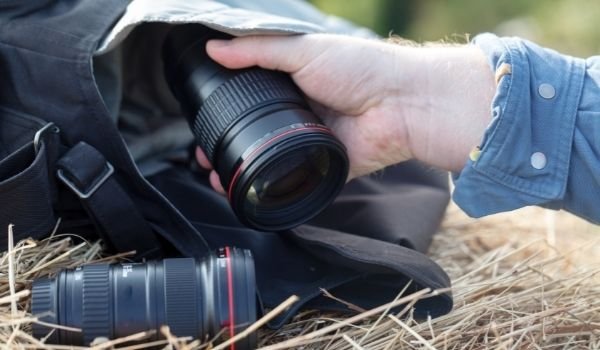
Still, if you are comparing both the zoom lenses and prime lenses, then the differences are there, and the prime lenses do win in most of the cases as well.
For starters, if you are looking for the sharpest possible pictures, you should be focusing on getting a prime lens.
The way these lenses are designed and how the glass and elements are arranged in these lenses make them so much better than some of the other options that are available in the market.
Similarly, for anyone who is looking for something compact, getting your hands on a good prime lens is always a great way to get started.
Prime lenses are small, they can fit in the backpack with ease, and they are not too heavy even when they are attached to the camera body.
Not to forget, prime lenses win easily when you are talking about having some creamy bokeh goodness because it is easy for prime lenses as long as the lens is good and is using good quality components.
Do Prime Lenses Improve Sharpness?
For the longest time, a lot of people have been wondering whether you are getting any proper benefits by getting prime lenses.
Well, if you are wondering whether or not that is the case, the good news is that prime lenses are great when you are talking about improving the sharpness of the picture.
I understand that it might not be the same case for everyone, but prime lenses are excellent when it comes to achieving the sharpness as it works really, really well in almost all the cases, and you do not have any issues that might come in the way, either.
As long as you are getting a good lens, you are good to go, and that too, without a problem.
Are Prime Lenses Worth It?
I get this question a lot, to be honest. People are still wondering if there are any benefits to prime lenses or not.
Well, to be honest, prime lenses have become a lot more popular over the past couple of years, thanks to all the exposure they have received from aspiring filmmakers as well as photographers.
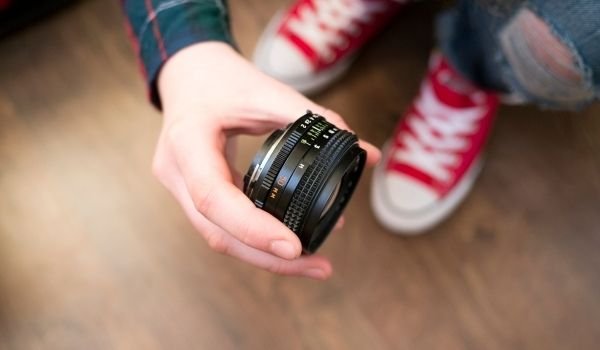
At this time, prime lenses are amazing in almost every aspect, and if you are looking to get your hands on a good prime lens, you would not be making a bad decision as these lenses work well, and you will thank me later.
If you are just starting, you should be able to pick the best prime lens that is available in the market, and that should get the job done for you.
Wrap-Up:
It should not come as a surprise that for the longest time, prime lenses have been my favorite and, for great reasons, too.
If you are looking for something that is going to have a great overall performance, getting a good prime lens is the way to go.
Sure, these lenses are expensive when you are looking at them, but when you are also thinking about the uses you can get out of these lenses, the value in these lenses is impossible to beat.
Frequently Asked Questions (FAQs)
Q1- What is a prime lens used for?
Answer: Prime lenses can be used for various uses, to be honest. There is no limitation as to what you can use a prime lens for, but the most common use of these lenses happens to be with portraits.
Thanks to the wide aperture and really good sharpness, these lenses are excellent for taking portraits.
Q2- Is a prime lens better than a zoom?
Answer: Sure, prime lenses do offer a lot of benefits over a zoom lens, but it is also important to know that prime lenses do not offer the same level of flexibility.
Zoom lenses are still used and are better than prime lenses, thanks to the fact that they can zoom in and out.
Q3- How do prime lenses work?
Answer: The overall functionality of a prime lens is more or less the same as a standard lens, with the major difference being the fact that you are not getting any zooming option, which means that the focal length is the same.
Q4- Why are prime lenses so expensive?
Answer: Most of the time, prime lenses are expensive because they have a really wide aperture going as low as f/1.2, and making these lenses is never an easy thing, hence driving up the cost of the lenses as well.
Q5- What should my first prime lens be?
Answer: If you are just starting, the first prime lens that I would suggest to everyone is going to be a 50mm lens because these lenses are great.
The 50mm focal length is not just great for portraits, but it is also excellent for landscape photography, and the best part is that a 50mm f/1.8 is not even going to cost you a lot of money.
Q6- Are prime lenses sharper?
Answer: Yes, a lot of people have argued that prime lenses are a lot sharper than zoom lenses, and in my experience, I have seen a similar pattern.
Sure, modern-day zoom lenses are no slouch, but when it comes to sharpness, prime lenses take the cake.
Q7- How many prime lenses do you need?
Answer: Ideally, I would suggest every aspiring photographer have at least three prime lenses. 35mm for that natural cinema look.
50mm when you want to get a bit closer to your subject, and 85mm when you want the portraits to look as intimate as possible and have that feeling to them.
Q8- Can you focus on a prime lens?
Answer: Of course. Almost all the modern prime lenses have autofocus on them. Sure, you can run into some vintage prime lenses that are the manual focus but overall, all the prime lenses do come with autofocus.
Q9- Are prime lenses good low light?
Answer: As a matter of fact, yes. Prime lenses are better than zoom lenses or any other lenses when you are talking about low-light capabilities.
All of this is thanks to the fact that they can open their aperture far, and they do not have a varying aperture, either. So, low-light results are excellent.